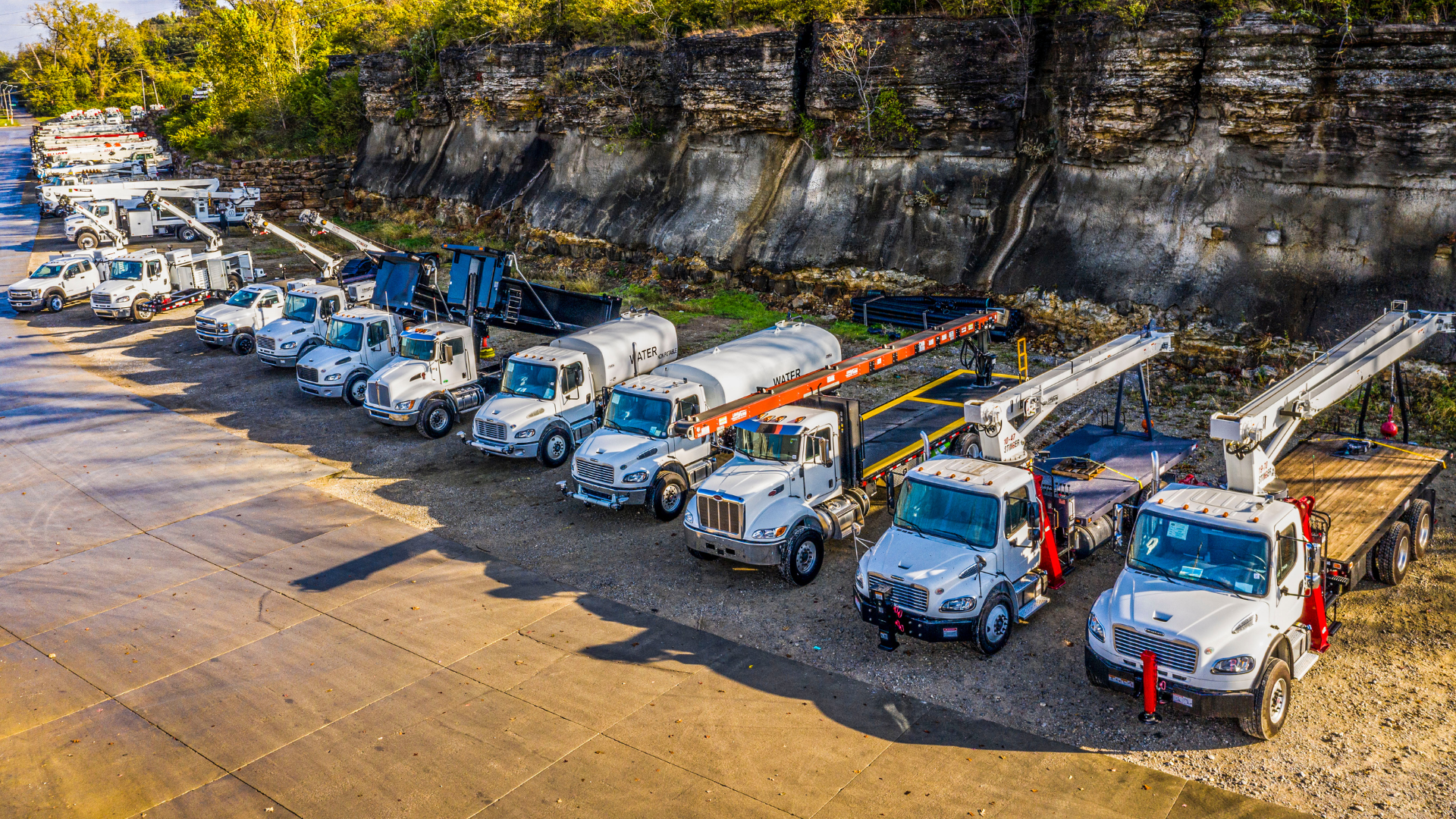
Warehouse Actions and Investments to Reduce Emissions (WAIRE) is a compliance program requiring warehouse operators and owners to comply with specific requirements to increase public health. WAIRE significantly impacts commercial trucks because its primary purpose is to reduce diesel and nitrogen oxide emissions. It requires warehouse operators to pay close attention to the types of commercial trucks they use and how frequently they use them.
What Is WAIRE?
WAIRE is a new clean-air initiative also known as Rule 2305. This new compliance program requires warehouse operators and owners to complete specific actions and submit reports on their facilities and operations. Warehouse facilities earn WAIRE points as owners and operators achieve these actions and turn in their reports. Warehouse managers must make a certain amount of points annually depending on the number of times their trucks depart and return to the warehouse.
WAIRE aims to reduce the transportation industry’s diesel and nitrogen oxide emissions by regulating warehouse facilities. This program helps improve public health and provides communities near warehouses with safer air. A warehouse must comply with Rule 2305 if its indoor floor area is at least 100,000 square feet.
How Does WAIRE Impact Commercial Trucks?
The number of points the WAIRE initiative requires facilities to earn depends on the trucks they use and how often they use them. To understand how WAIRE impacts your commercial trucks, consider the following factors:
- Gross vehicle weight rating: A commercial truck’s gross vehicle weight rating (GVWR) determines its class.
- Alternative energy: Using vehicles that operate on alternative energy reduces facility emissions.
- Near-zero emissions: Near-zero emissions (NZE) vehicles are tractors or trucks that meet the current lowest California Air Resources Board non-zero NOx standard.
- Diesel particulate matter: Diesel particulate matter refers to the particles within internal combustion engines that operate on diesel fuel.
WAIRE Points Compliance Obligation (WPCO) indicates how many points warehouses must earn annually. To calculate how many points you must earn, multiply your weighted annual truck trips (WATTs) by the stringency (0.0025) and the established annual variable.
WATTs are the number of annual truck trips a warehouse owner or operator is responsible for. In addition to WATTs, warehouse operators must also report the following information regarding their commercial trucks:
- Gross vehicle weight rating
- Number of WATTS for the previous reporting period
- Number of anticipated WATTS for the upcoming reporting period
- Fleet data for any owned or leased on-road trucks
- Alternative fueling station information such as number of fueling stations, fuel type, maximum dispensing rate, fueling system pressure, total annual dispensed fuel, and the type of vehicles fueled
- Yard truck information such as truck types, engine sizes, fuel types, and total annual operating hours.
How WAIRE Impacts Equipment Operators
Equipment operators must take action to comply with WAIRE and reduce their emissions. Paying close attention to your commercial truck types and their usage rates is crucial to remaining compliant with WAIRE.
You should also consider how you can reduce your emissions. You can significantly lower emissions by decreasing your total truck trips for the reporting period and adding trucks with fuel-efficient engines to your fleet.
Purchase New Trucks From Custom Truck One Source
WAIRE requires warehouse operators to reduce and maintain their emissions. As emissions regulations increase, manufacturers are producing more fuel-efficient equipment to meet these needs. Browse Custom Truck’s new and used truck inventory and contact us today to find the right vehicles for your fleet.

